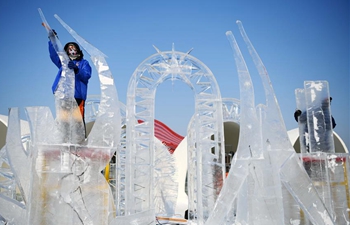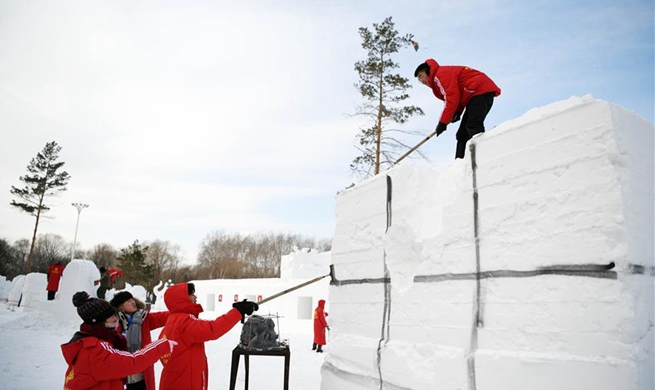CHICAGO, Jan. 4 (Xinhua) -- A study of the University of Illinois (UI) and the U.S. Department of Agriculture Forest Service suggests that environmental greenness may not be associated with higher test scores in schoolchildren after all.
In the study that involved more than 400 public schools in Chicago, UI researchers examined the density of healthy foliage in the neighborhoods surrounding Chicago elementary schools and whether greenery was associated with higher math and reading scores over a six-year period.
They obtained math and reading scores for third-grade classes at the Chicago Public Schools and downloaded greenness data for those schools' neighborhoods from a NASA website.
Based upon the NASA data, they calculated the normalized difference vegetation index (NDVI) - the amount of visible and near-infrared light reflected by foliage within 250, 500, 1,000 and 2,000 meters of each school.
Regions with greater amounts of vigorously growing trees and plants have higher NDVI values because healthy vegetation absorbs most of the visible light that strikes it and reflects most of the near-infrared light, said UI recreation, sport and tourism professor Matthew Browning.
Using the same methodology of a 2014 study on third-grade students at 905 Massachusetts public schools that concluded that students performed significantly better on English and math tests if their schools were surrounded by greater amounts of green foliage in the spring, the researchers tried to predict the Chicago schools' math and reading scores based upon their neighborhoods' NDVI values for the months of March, July and October from 2006-2012.
They found that the methodology used in the Massachusetts study was not statistically sound, producing high intercorrelations among the predictor variables, which invalidated the findings.
After tweaking the equation to address this problem, "no matter how many ways we sliced and diced it, we were finding negative relationships between green space and academic achievement in all 24 of our models," Browning said.
Browning said they are finding similar methodological problems among those studies too, "and that the researchers' conclusions that green cover improves student test scores are not well-grounded on the actual findings. The evidence for this beneficial relationship between green space and academic performance is not that strong."
The study has been published in the journal Landscape and Urban Planning.













